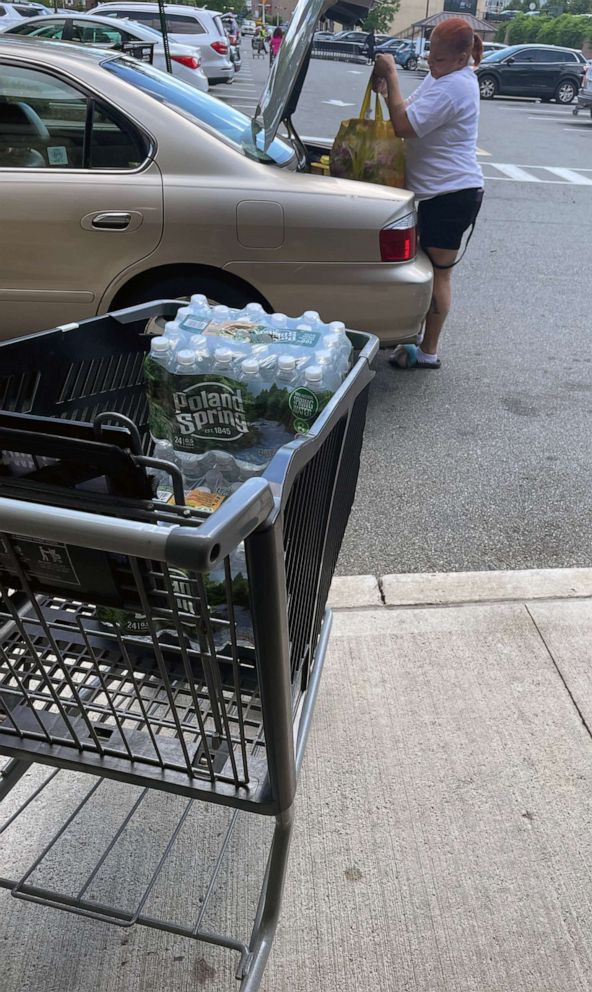[ad_1]
If you journey much more than a mile to a grocery store, supercenter or large grocery shop with economical and healthier meals choices in an urban region, and a lot more than 20 miles in a rural spot, you stay in what the U.S. Office of Agriculture considers the definition of a “food items desert.”
This lack of obtain impacts approximately 17 million Us residents, in accordance to the USDA’s Food items Access Exploration Atlas. The facts also demonstrates that the range of men and women who live a 50 percent mile or a lot more from meals alternatives in urban areas, or 10 miles in rural areas, will increase that figure to extra than 53 million Americans, which includes these in New Jersey.
In January 2021, New Jersey Gov. Phil Murphy signed into law the Food Desert Reduction Act, section of the Economic Recovery Act, which will give about $240 million in funding to fight this concern in the condition.
The Meals Desert Aid Act delivers tax breaks to supermarkets and grocery stores that open up in under-served regions, as nicely as grants, financial loans and other aid for meals merchants of all dimensions to work in these regions.
The Neighborhood Food items Financial institution of New Jersey estimates that 800,000 residents in the state are working with meals insecurity, and just about 200,000 of them are youngsters.
Robert Brown, 53, of Newark, New Jersey, suggests he can make a two-mile commute from his property to a ShopRite devoid of a auto, telling ABC Information that pricing and choices are a issue.
“I reside like 20 blocks absent, but we have a retailer downstairs, where I stay at, but [prices are] so superior, I arrive below,” Brown reported. “There is no need to have in paying out my money there, and I’m receiving a tiny little bit of nothing at all when I can get all the things I require.”
Katrina Moseley, 45, states she has to just take it a phase farther, as the two-mile journey to ShopRite is her next grocery purchasing excursion of the day.
“I started at 8 o’clock this morning, I went to Walmart, obtained back house like 11:30, rest for a small little bit, caught the bus… I acquired listed here like 12 one thing, 12 or one particular a little something. Shopped. I get my time in the retail store to go by things, and now I’m ready for transportation to go house,” she claimed.

Katrina Moseley states she relies upon on two diverse bus strains, taxis and relatives to decide on her up for grocery runs to feed her family of 4.
ABC News
Moseley relies upon on two distinctive bus strains, taxis, and family to choose her up, as she spends her working day off from perform to feed her family members of 4, which includes a daughter with a toddler on the way.
“I go to Walmart to get the bulk of the meat due to the fact it lasts, you can make like…A person of their packets of meat you can make like 2-3 meals out of it, all relies upon on how you do it,” she reported.
Transportation back again is also an concern for Brown, understanding some options are not simple. “If I would’ve tried using to get on the bus with this, it would be much too much, it would be much too significantly,” she stated.
Tara Colton, the government vice president for financial security for New Jersey’s Economic Progress Authority, claims that addressing foods deserts, a item of structural racism, community redlining (the withholding of services from specified communities) and disinvestment, is not as very simple as developing a grocery store.
“You can dwell next door to the most incredible current market or farmer’s current market but if you can’t afford to pay for to obtain the foods that’s in there, or they really don’t take federal nourishment packages like snap, then its inaccessible to you,” Colton explained.
The Financial Improvement Authority’s Sustain & Provide NJ initiative commenced as a $2 million pilot plan to assist with foods security, in conjunction with supporting the state’s cafe sector in 2020. The program has progressed into a $45 million initiative, paying out dining places to produce prepared-to-consume meals directly to those in want.
Colton advised ABC News, “I normally say it is not about bringing men and women to food, it truly is about bringing meals to men and women. And there’s a ton of techniques to do that. They can go into a massive building, and purchase it put it into the truck of a automobile, but you can also carry it to them extra centrally.”
She touts the program’s influence. “That 1 dollar you’re shelling out is preserving the cafe open up, the staff utilized and is offering persons who frequently are not able to entry this type of meals, a healthy refreshing healthy do-it-yourself food,” she mentioned.
For people like Moseley who desire to cook dinner their have foods, even with the miles-very long odyssey to multiple supermarkets, the concentration is on carrying out what is necessary for her family members.
“Those who I obtained to be concerned about, so this is what I do for them, store. Receiving it completed, out of the way,” she explained.
[ad_2]
Supply connection